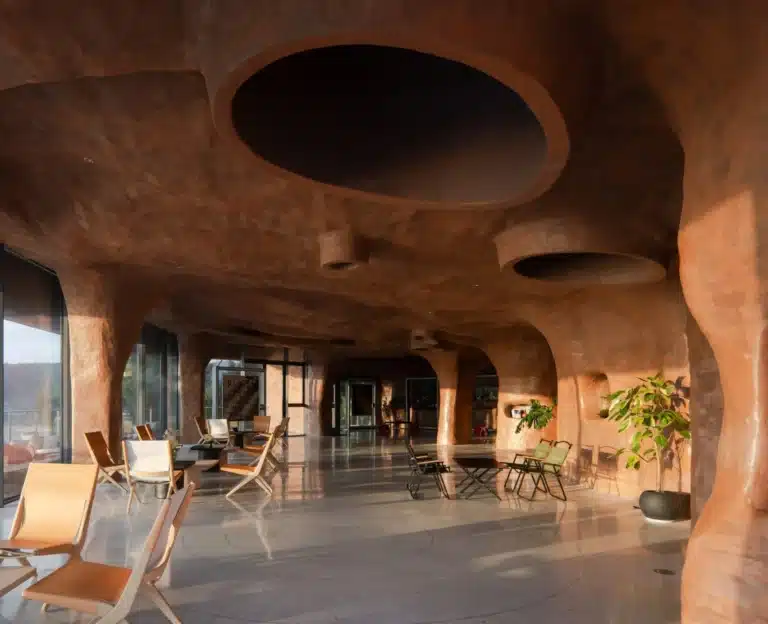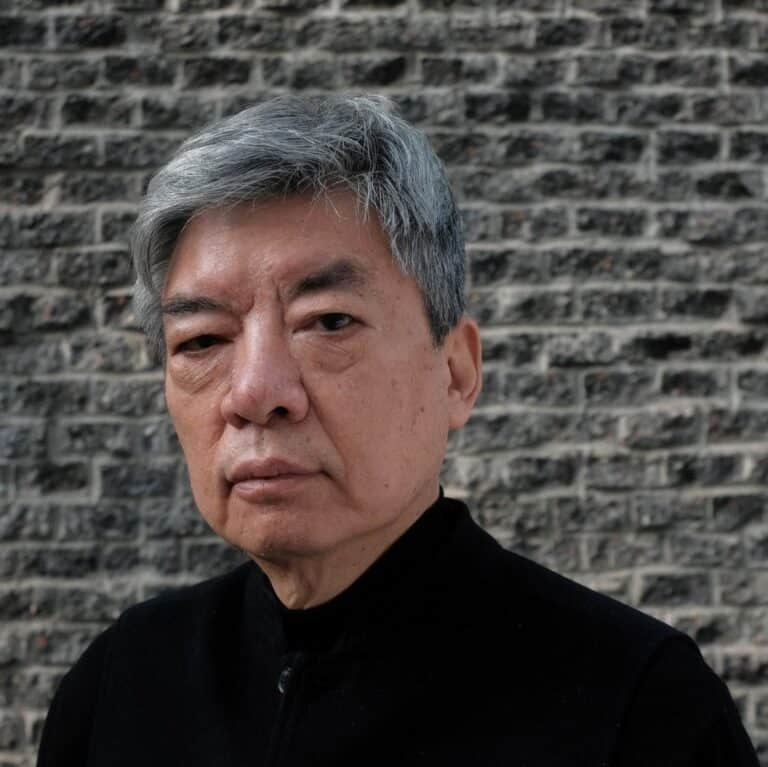Picture a world where architecture isn’t just about towering skyscrapers or lavish mansions but about changing lives, especially for those who are often overlooked. That’s the world Alejandro Aravena, the Chilean architect whose designs are quintessential examples of Alejandro Aravena Architecture, and 2016 Pritzker Prize winner, is creating. His projects are more than designs they’re stories of hope, creativity, and a deep commitment to making a difference.
Born in 1967 in Santiago, Chile, Aravena grew up with a curiosity about the world around him. He studied architecture at the Pontifical Catholic University of Chile and later sharpened his skills at the University of Venice in Italy. After working in architectural firms in Chile and the United States, he decided it was time to carve his own path. In 1994, he founded Alejandro Aravena Architects, embodying Alejandro Aravena Architecture ideals, and in 2000, he launched Elemental, a nonprofit dedicated to designing affordable homes for those who need them most.
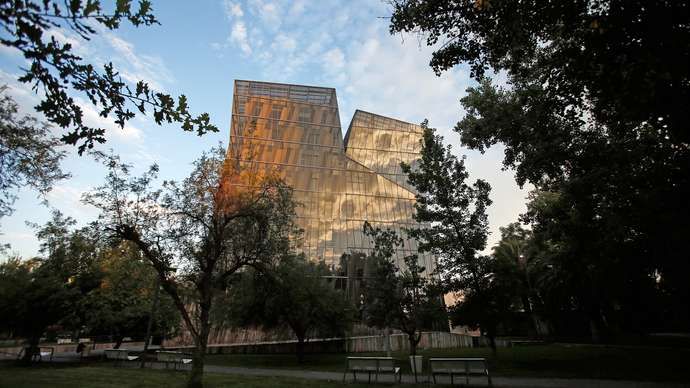
Simple Designs Big Dreams
What makes Aravena stand out is his vision: architecture should be accessible, practical, and shaped by the people it serves. He’s not chasing glitzy facades or grand monuments. Instead, he uses straightforward materials and clever construction methods to keep costs low. But he goes further he invites the people who will live in his buildings to help shape them. For Alejandro Aravena, architecture reflects the lives of those inside.
One of his most inspiring projects is Quinta Monroy in Iquique, Chile. After a devastating earthquake in 2010 left many families homeless, Aravena came up with a brilliant idea: half finished homes. These houses provided the essentials a room, a kitchen, a bathroom but included extra space for families to customize as they saw fit. This approach didn’t just save money; it gave people a sense of pride and control over their own homes.
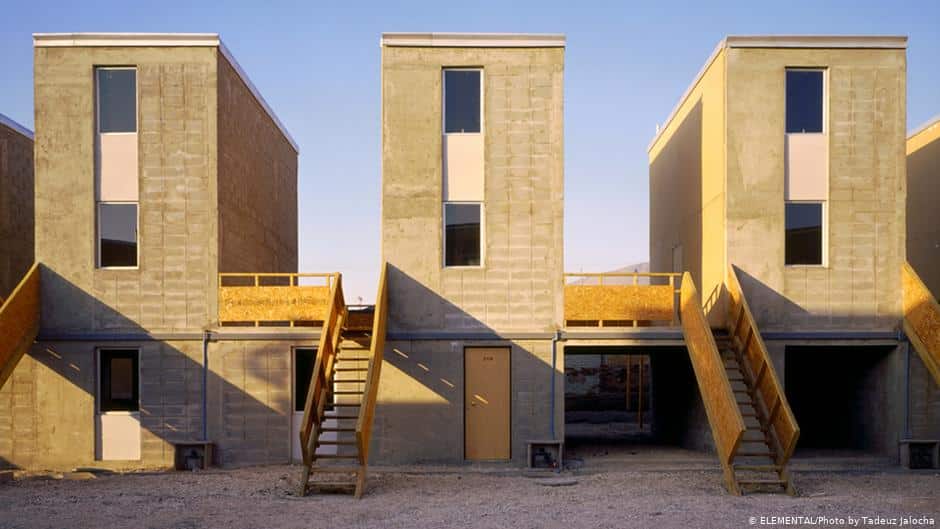
| Project | Location | Year | Why It’s Special |
|---|---|---|---|
| Quinta Monroy Housing | Iquique, Chile | 2004 | Half-finished homes that let residents personalise and expand over time |
| Villa Verde Housing | Constitución, Chile | 2013 | Affordable, adaptable homes for families rebuilding after an earthquake, an idea initiated by Alejandro Aravena. |
| UC Innovation Center | Santiago, Chile | 2014 | Eco-friendly design that fosters creativity and collaboration |
Architecture That Serves Communities
Aravena doesn’t just build structures; he builds hope. Through Elemental, his projects tackle big challenges like urban poverty and post disaster recovery. His designs aren’t only practical . they’re deeply human, showing respect for the people who use them. He uses local materials and smart designs to keep costs down, embodying Alejandro Aravena Architecture principles, but the result always feels thoughtful and personal.
What’s remarkable about Aravena is how he turns limitations into opportunities. A tight budget? A rushed timeline? Complex social issues? These don’t hold him back; they spark his creativity. He sees challenges not as roadblocks Alejandro Aravena Architecture confronts but as invitations to think differently.
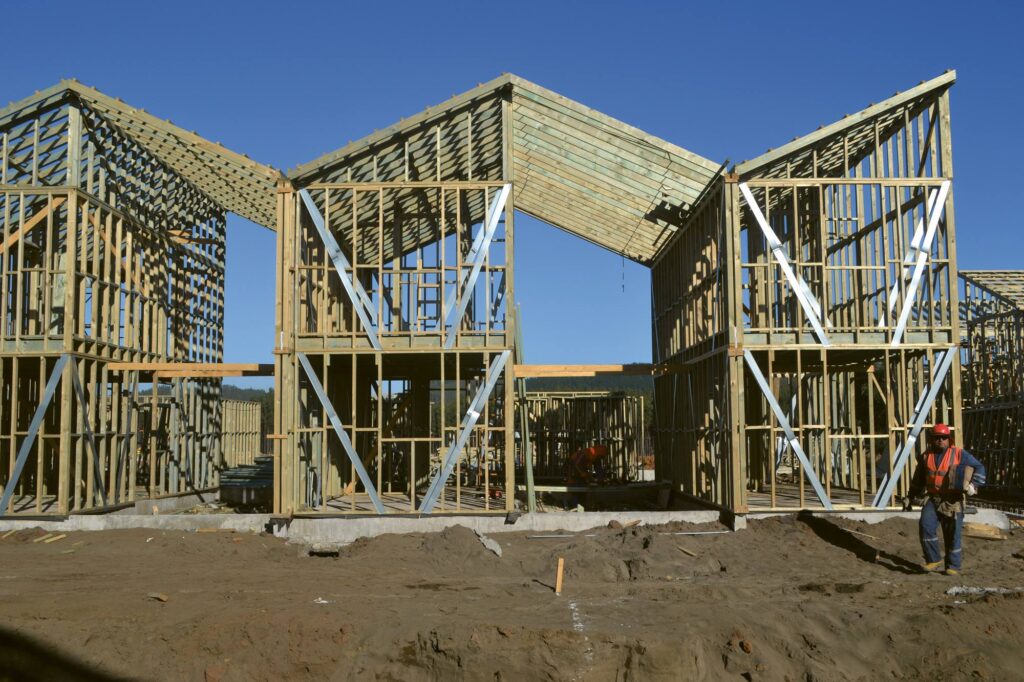
A Global Influence
Aravena’s impact reaches far beyond Chile. His ideas have inspired architects, city planners, and policymakers around the world to rethink how we build our cities. When he won the Pritzker Prize in 2016, the judges highlighted Alejandro Aravena’s ability to tackle the 21st century’s biggest challenges with designs that are both practical and uplifting. But he hasn’t stopped there. He continues to teach, speak, and share his vision, pushing for architecture that puts people first.
In 2016, he led the Venice Biennale of Architecture, urging designers to confront issues like poverty and climate change head-on. It’s this bold spirit that makes his ideas resonate globally.

Why Aravena Matters
In a world where cities are growing fast and the gap between rich and poor is widening, Alejandro Aravena offers a roadmap for a better future. His work reminds us that buildings are more than structures .they’re places that hold people’s stories and dreams. Whether it’s a modest home in Iquique or an innovation hub in Santiago, every project carries Aravena’s heart and his belief that everyone deserves a place where they feel at home.
The next time you think about architecture, don’t just picture glass towers or sprawling estates. Think of Alejandro Aravena, whose groundbreaking approach is encapsulated in Alejandro Aravena Architecture, the man who’s showing us that with a bit of creativity and a lot of humanity, we can build a world that works for everyone.



